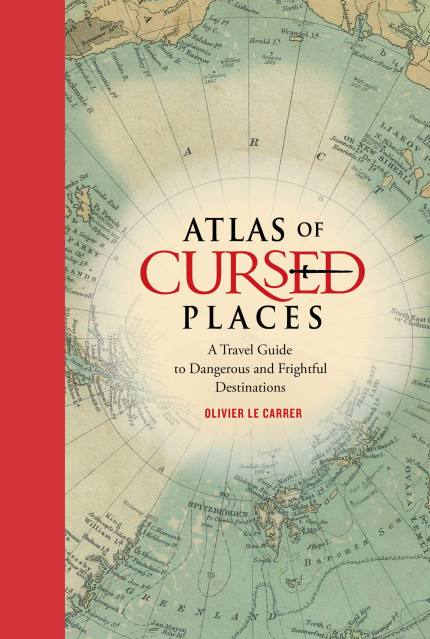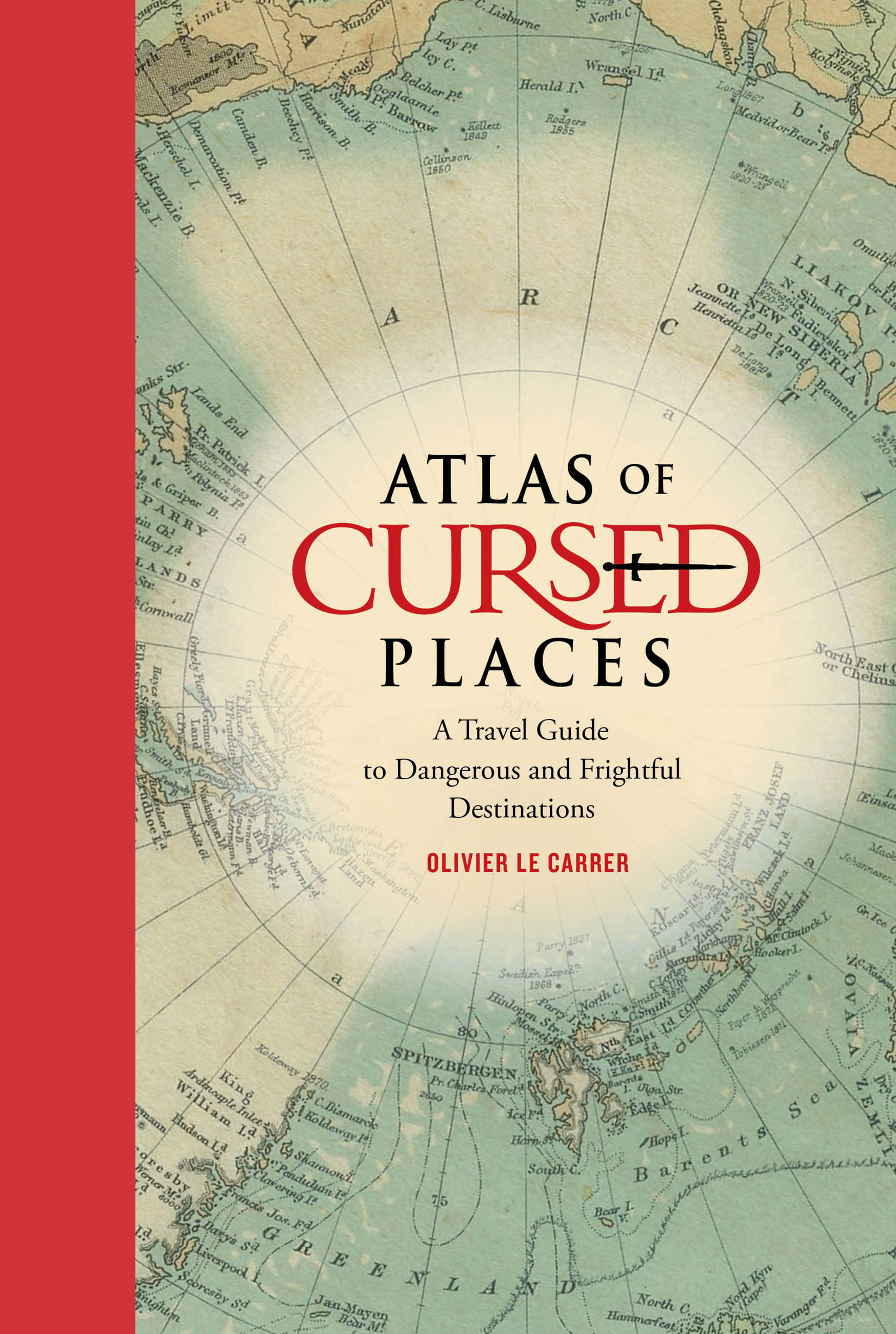Promotion
Use code MOM24 for 20% off site wide + free shipping over $45
Atlas of Cursed Places
A Travel Guide to Dangerous and Frightful Destinations
Contributors
Formats and Prices
Price
$13.99Price
$17.99 CADFormat
Format:
- ebook $13.99 $17.99 CAD
- Hardcover $26.00 $33.00 CAD
- Audiobook Download (Unabridged)
This item is a preorder. Your payment method will be charged immediately, and the product is expected to ship on or around October 6, 2015. This date is subject to change due to shipping delays beyond our control.
Also available from:
Pick up the acclaimed Atlas of Cursed Places and visit the world’s most nerve-wracking locations. With pithy historical profiles, vintage full-color maps, and haunting tales that will color your perspective (and send tingles down your spine), this is a clever gift for the intrepid traveler or armchair adventurer who wants to explore destinations both remarkable and daunting. Visit:
- a coal town where the ground is constantly on fire
- a Zambian national park where more than 8 million bats darken the skies
- the infamous suicide location of Aokigahara Forest near Mount Fuji
- the lesser-known Nevada triangle, in which dozens of aircraft have inexplicably disappeared
Beautifully packaged and written with a twisty sense of humor, Atlas of Cursed Places puts your quirky side on the map.
Genre:
-
"...an enticing tour of frightening places around the world..."Shelf Awareness
-
"[For] those who believe the world is still full of mysteries to investigate."Atlas Obscura
-
"Olivier Le Carrer's Atlas of Cursed Places is many things - travel writing, folklore, true crime, history, map porn - all wrapped up in a rather splendid package....Given its tales of ghosts, dragons and disasters both natural and manmade, Le Carrer's Atlas represents a fresh boarding pass to leap aboard the world of geography, even for the geographaphobic among us."BookGasm
-
"Perfect for the macabre traveler with a sense of humor."New York Post
-
"....morbidly delightful collection of maps and essays about locations that probably make actual visitors a bit nervous."Dayton Daily News
- On Sale
- Oct 6, 2015
- Page Count
- 144 pages
- Publisher
- Black Dog & Leventhal
- ISBN-13
- 9780316353519
Newsletter Signup
By clicking ‘Sign Up,’ I acknowledge that I have read and agree to Hachette Book Group’s Privacy Policy and Terms of Use







